



About 240 participants from Germany, Switzerland, Austria, France, Poland, Italy, the Netherlands, the USA and Venezuela came to
enjoy a fantastic weekend with various workshops, long folding nights, a great origami exhibition, a model competition and much more.
Many thanks to our special guests Melina Hermsen (Germany), Krystyna Burczyk (Poland) and Bernie Peyton (USA) for joining us and hosting such amazing workshops.
We hope to see all of you again at the 30th International Origami Convention in Erkner near Berlin from May 10 to 13, 2018!
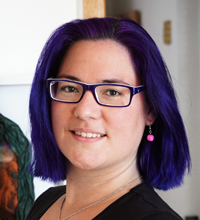
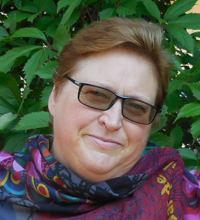

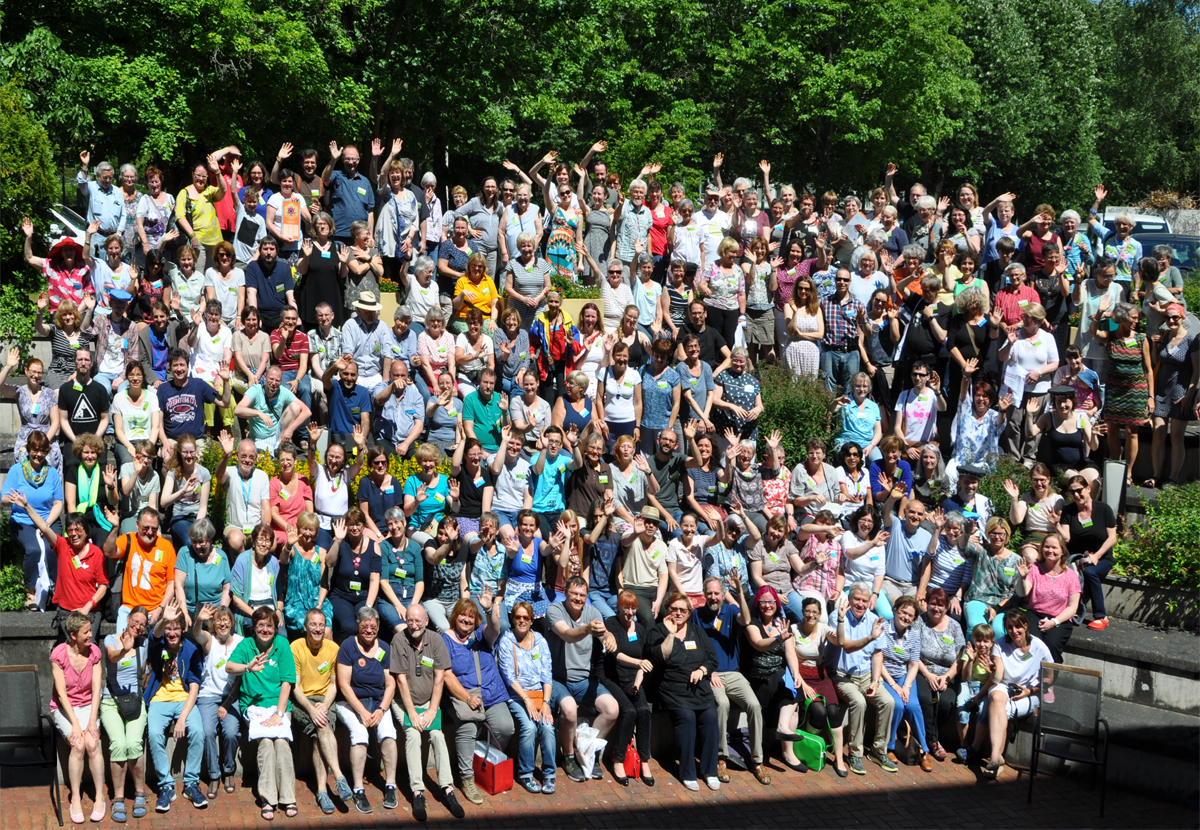
Photo: A. Vagt
by Birgit Elke Schumacher
On the way to Bonn on Ascension Day
Our folding tour to Bonn took its course as expected till we reached Leverkusen. There, both local highway agency
and people on their weekend trips had decided to do a little crimp folding, commonly named traffic jam.
Which is to say lots of car material in little space. The weather in Bonn made drops of sweat on the folding paper looked likely.
In the large park on the banks of the Rhine the barbecue season has reached its temporary climax.
There is a smell of successfully and unsuccessfully grilled meat in the air and smoke folds gracefully through the air.
Pi, Psi, GSI
Not the magic number pi, not the Greek letter psi, but GSI is the name of the oasis of folding this year.
The Gustav-Stresemann-Institute, named after the Chancellor and Foreign Minister of the 1920s,
is situated near the River Rhine. The building can be described as an undecided tessellation fold.
The angled architecture winds around a yard with fishpond and lawn.
As soon as they have arrived, all the early folders from the far away countries of the Alps, those from the high North
and those from the near East (Poland, what were you thinking of?) go for the tables in the inner yard and start folding.
The courageous even dare to handle the primeval folding chairs.
Bonn outside the square
If you have some time, in between mountain and valley folds, then the Bundeskunsthalle is the place to visit.
You can reach it on foot. Not exactly walking distance, though. You realize pretty soon that this part
of the town was planned for automobiles. We who fold by foot turn into islanders, who follow the endless streets.
Endless beach, without an ocean, only accompanied by the traffic’s surge.
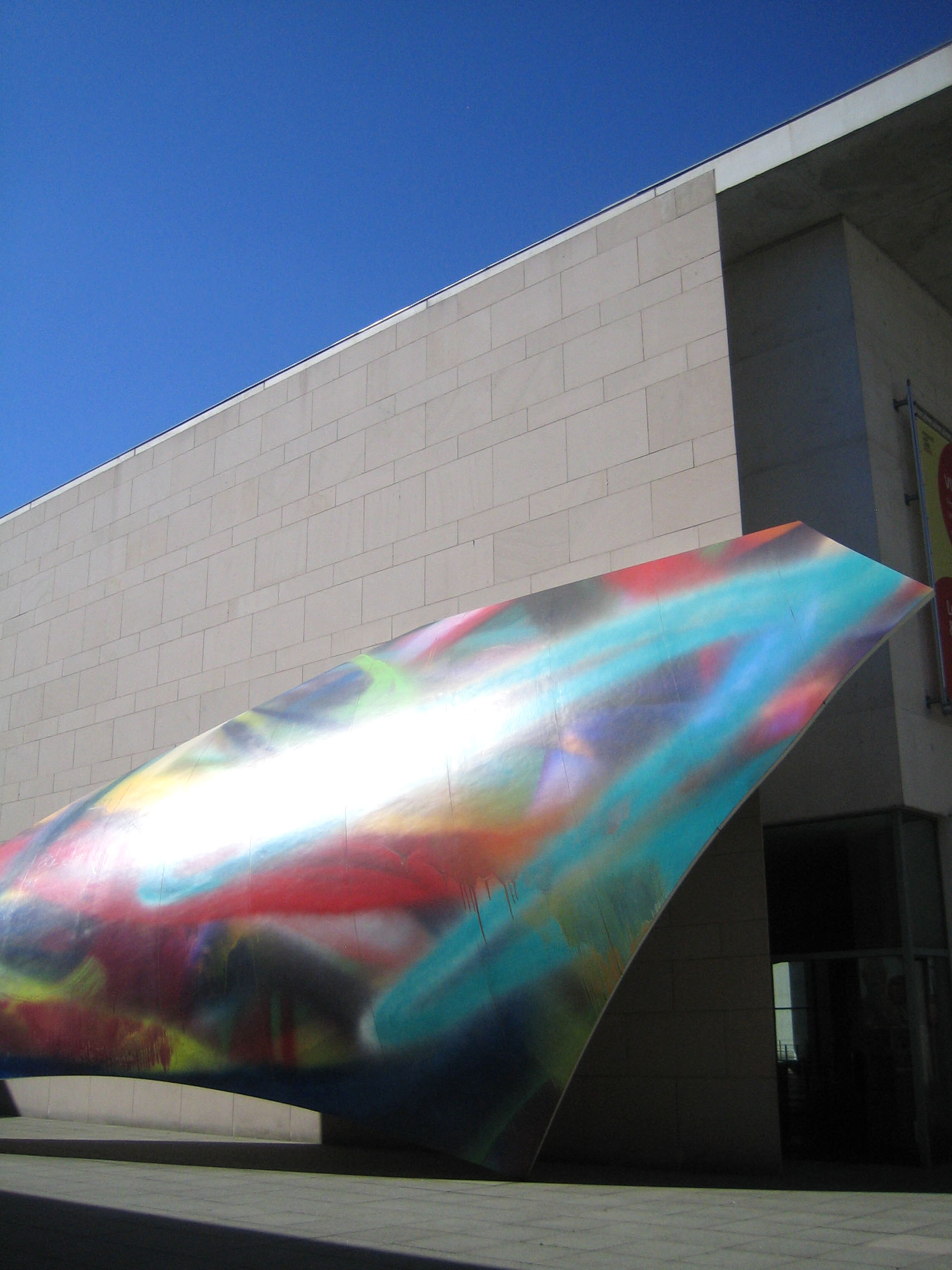
Looking at the architecture you will find that the solid square has given way to a rectangle.
A rectangle with proportions that can be found everywhere. And which follows the proportion of containers used in trade.
The Bundeskunsthalle is a must, if you arrive before the folding folly sets in.
There are interesting exhibitions of different kinds, from archaeology to zephyrous art.
Up to 20 August, 2017 you can marvel at the latest archaeological findings from Iran,
where the cradle of human culturisation is supposed to have stood. Without any paper,
instead with these signs scratched into clay. Cuneiform characters. Culture is about agriculture and settlement.
Without which there is no folding. Culture is stock keeping, commerce and warfare.
The art of taking from others what your greedy self wants to own.
A Persian mathematician from the 11th century put it like this:
Poor heart, as the world’s truth is nothing but an illusion, how long will you lament this?
Give in and bear it, because what hands have folded will not become undone. Drink some wine, he goes on,
before it is too late and: take care not to tell this secret to anybody: no paper lily that crushed under
an insensitive hand will bloom again.
You can listen to the original texts on the audioguide of the Persian garden in front of the Bundeskunsthalle.
The garden is open until October 15th.
The first welcome fold
The meeting starts on Friday afternoon, officially. In the big hall sparkling folding water is served.
Marlene Rostig and Jens Boll, our chairwoman and second chairman welcome all those that have come to stay and fold.
Both of them will probably not find the time to touch a sheet of paper this weekend. This is the place to say thank you
to all members of the committee for your restless, wonderful and most important work that you do the whole year through.
Guests of honour this year, in order of distance: Bernie Peyton (USA), Krystyna Burczyk (Poland) and Melina Hermsen (Germany).
I say there is beauty, beauty of mathematics and, well, let us say a beautiful hat. Find the order for yourself.
Bernie takes over on Friday afternoon and starts folding with everyone in the welcome hall, temperature about 30 °C.
With a goldfish hat on his head he makes us fold a waterbomb base for a miniature version.
After this sweaty job and a more or less recognizable fishy form it is time for our first dinner together.
As you all know, folding leads to an enormous increase of appetite, or is it just that we enjoy each other’s company so much?
Oh, I forgot, some figures: 217 people came, plus some who sneaked in at the last minute. First time participants numbered about 50.
Folding with Bernie, without hat
I was determined to report on the folding sessions of our guests of honour. So, here I am on Saturday morning in a workshop
with Bernie Peyton.
Bernie, that is Bernard, likes to be called Bernie. He is a biologist, engaged in wildlife protection projects that take him
as far as South America or up to the far North. He specialized in bear care. His Spanish is excellent, as I could witness.
If Bernie is not folding hats in the form of sharks, goldfish or cats, he is folding animals. This Saturday it is a bear
with a flash of lightning going through its body: from heart to end. It is a model for advanced folders. Will we be successful
in folding it? 15 folders await folding directions.
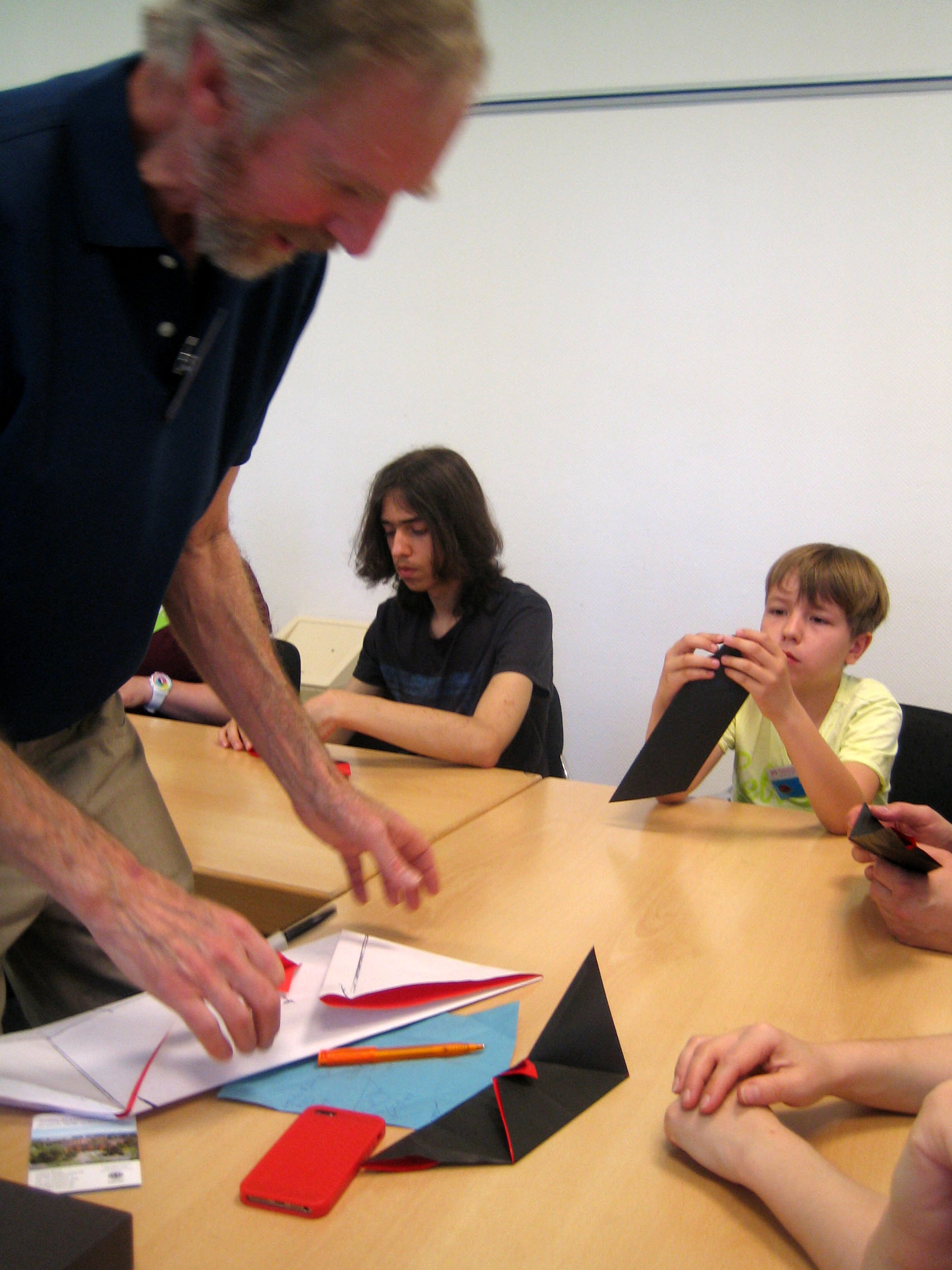
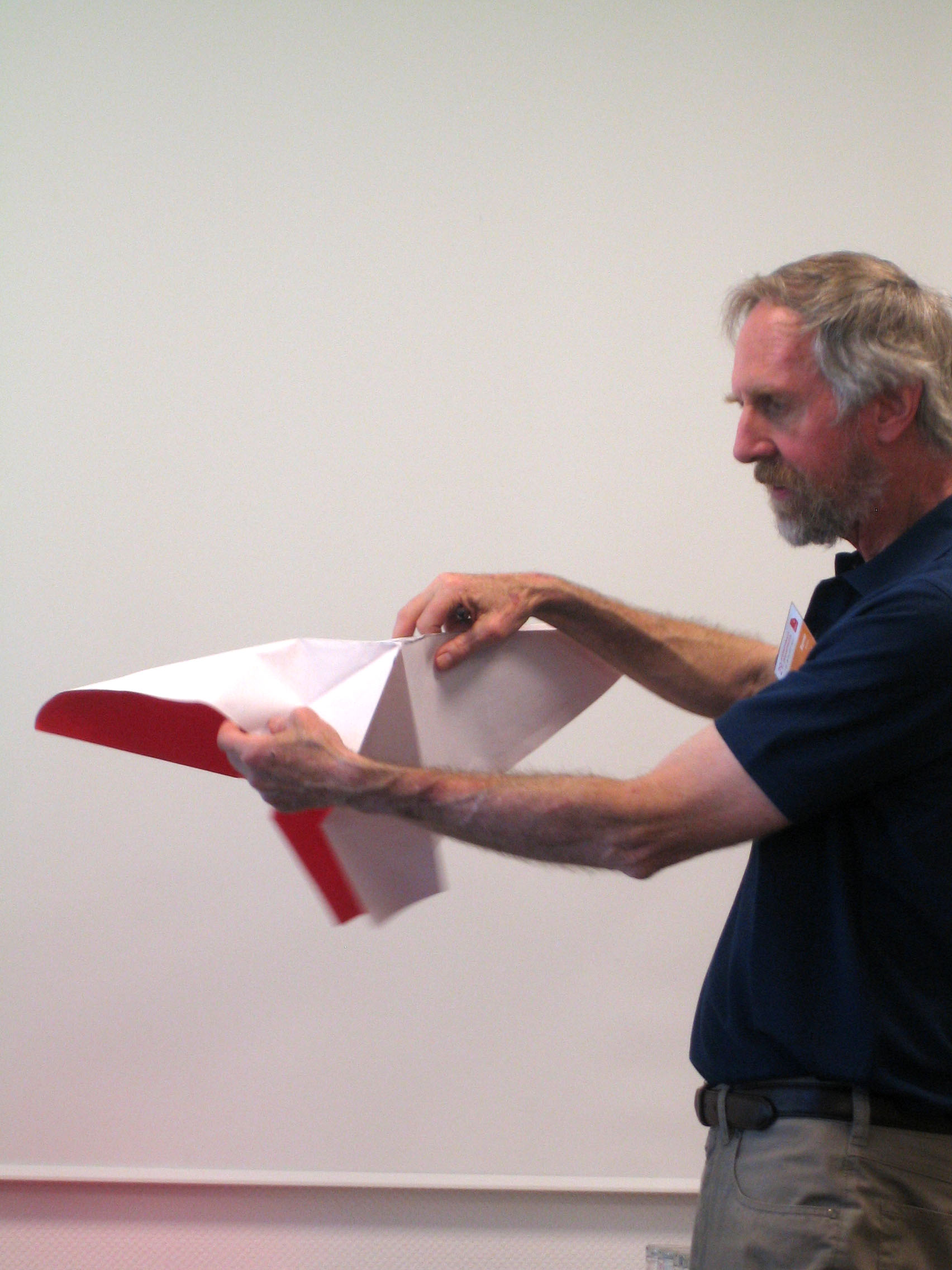
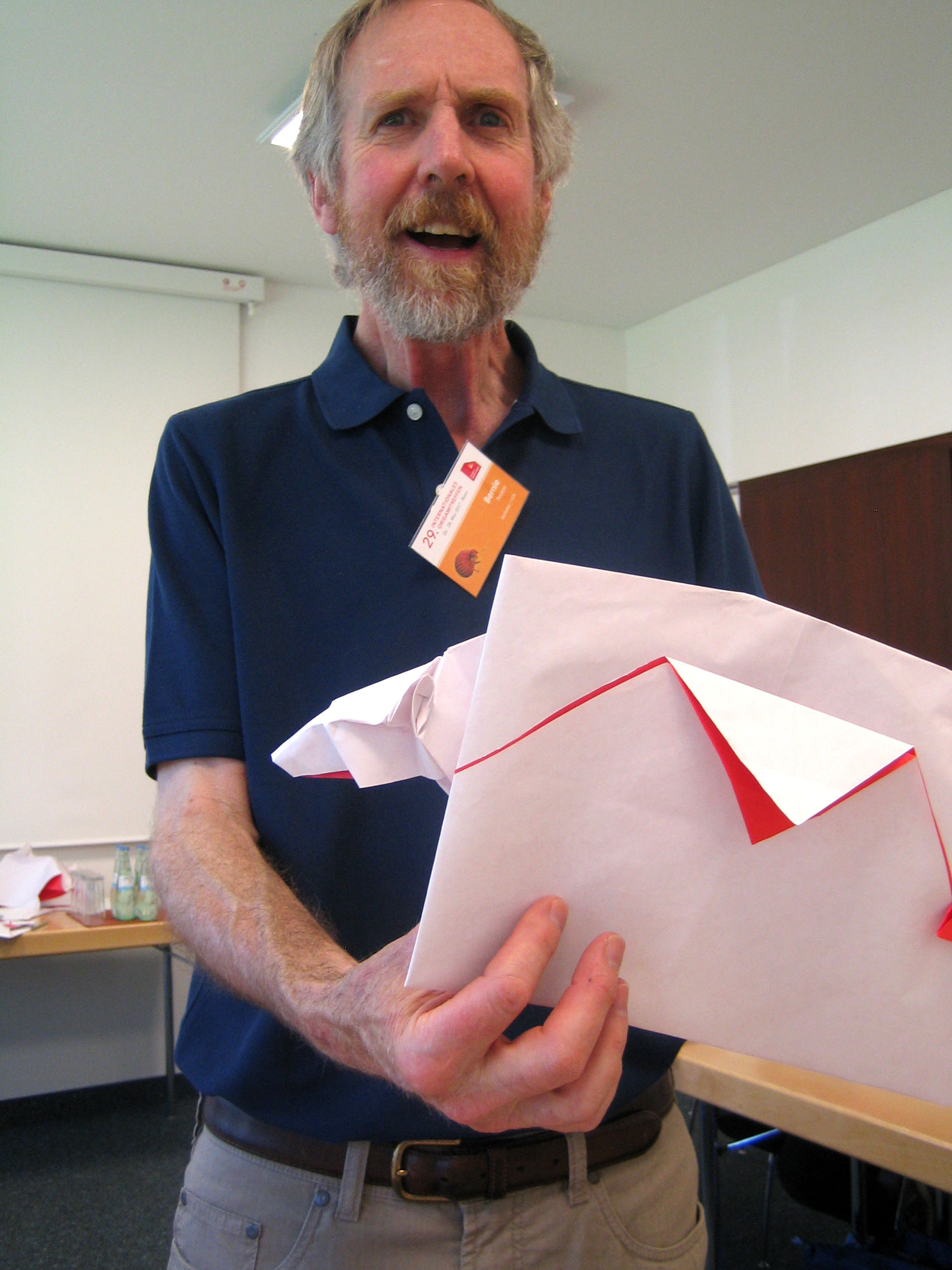
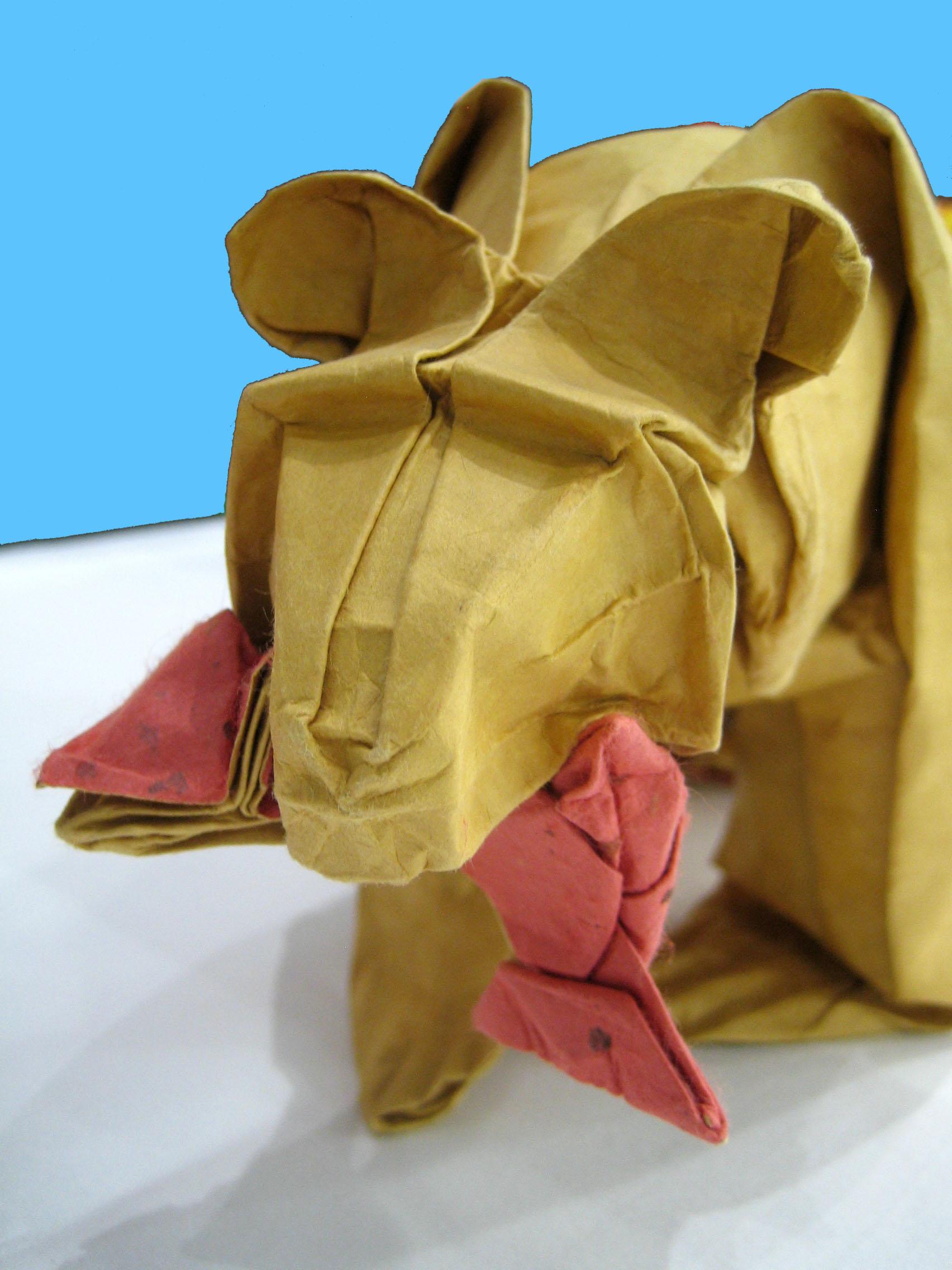
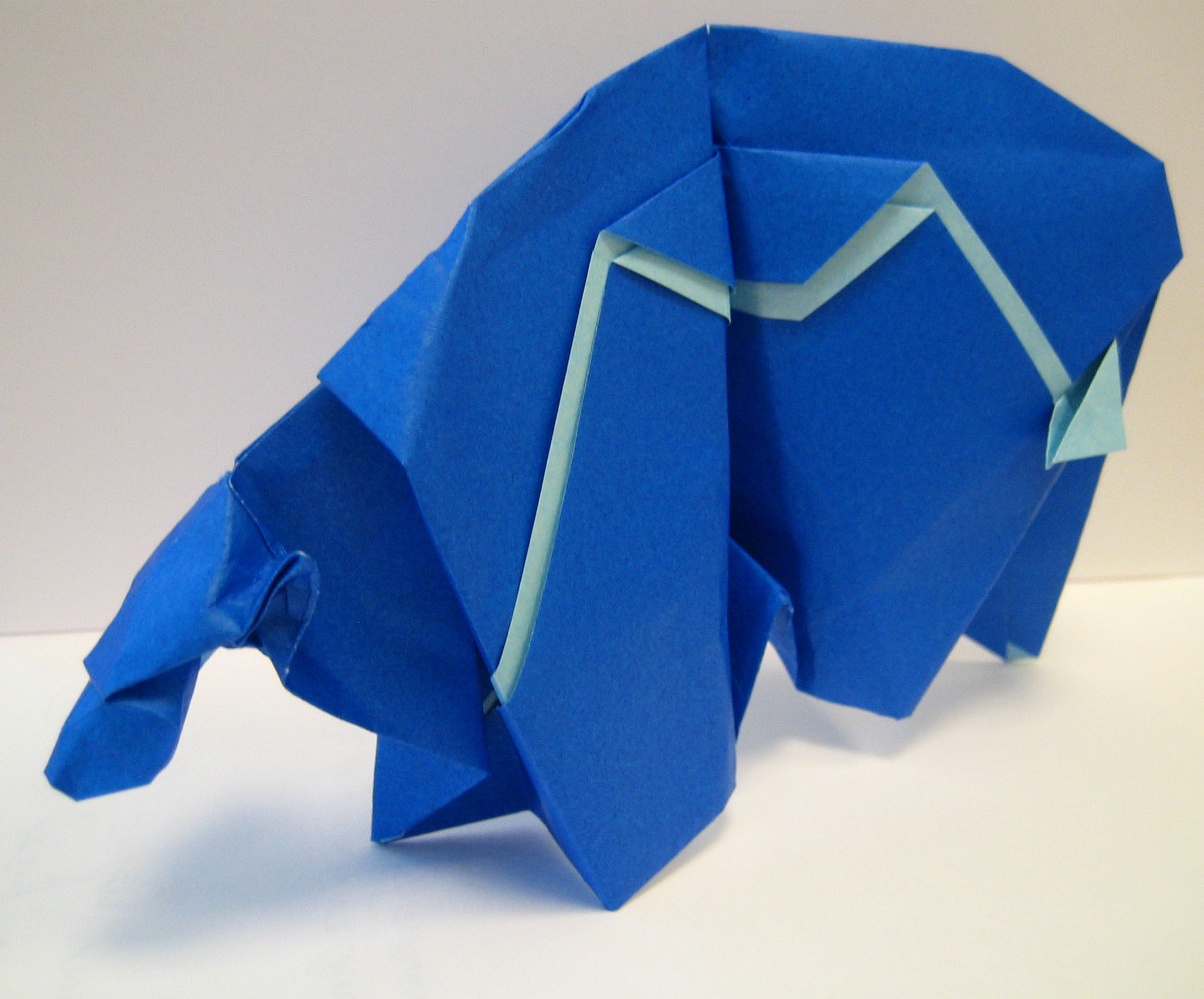
This bear with the flash is part of the Indian culture of the Southwest of the USA, Navahos and Hopi, Bernie explains.
And Bernie would not be Bear-nie, if he did not tell one of his bear stories. We learn about a visit to a bar with a bear,
and that a beerdrinking bear escaped right through the window of the car, crashing through it. Very bad, because it was a bad area
to let a bear escape: too many people around.
Bernie is successful in teaching the model, and everyone arrives at a presentable bear form.
We get to know his folding philosophy. He loves asymmetric models. And a bear has a front and rear end clearly discernable.
So a bear is in this sense asymmetrical. Do not care about folding too exactly, says Bernie. "No Bear is like the other."
Indeed, all our bears are really bearly, individuals but typical bears.
Catched
This is going to be valley, valley, mountain.
Bernie explaining the bear head.
If you go to a workshop and people can’t do difficult, then you have got a problem.
Corien Schiefer on the difficulty of mastering a workshop with an advanced model.
The Wifi connection – fold it.
Non-folder Hermann Schumacher experiencing his first fold in Bonn. Note: to fold in German can also have the meaning of: forget it.
I don’t know what ears are.
Mechthild Jüttner-Kilens’s question, to which Arno Pfingstner in his workshop of Peterpaul Forcher’s foxmodel replied:
That is where the points go up
.
Bonn, Bonner, most Bonnest.
Birgit Schumacher, because Bonn has a comparative, other than Berlin, where you only get a doughnut. Note: A Berliner is a speciality,
doughnutlike but without the hole. Filled with jam, that squeezes out if you are not trained in eating it.
My next workshop is a model by Peterpaul Forcher. It is a fox, which Arno Pfingstner is going to teach. The youngest folders is under two,
it is Anya Midori’s little daughter. She imitates her mother’s folding moves but soon falls asleep. The fox has its difficult moves,
hidden creases are refolded and colour changes take place. The small group around Arno folds with beautiful results.
Peterpaul Forcher from Austria was a maths teacher who developed models of animals. The folds are mathematically exact and the animals
have characteristic features. Carmen Sprung loves Forcher’s models because of this exactness. You can find some of his models and
how to fold them on Carmen’s website. The fox is among them.
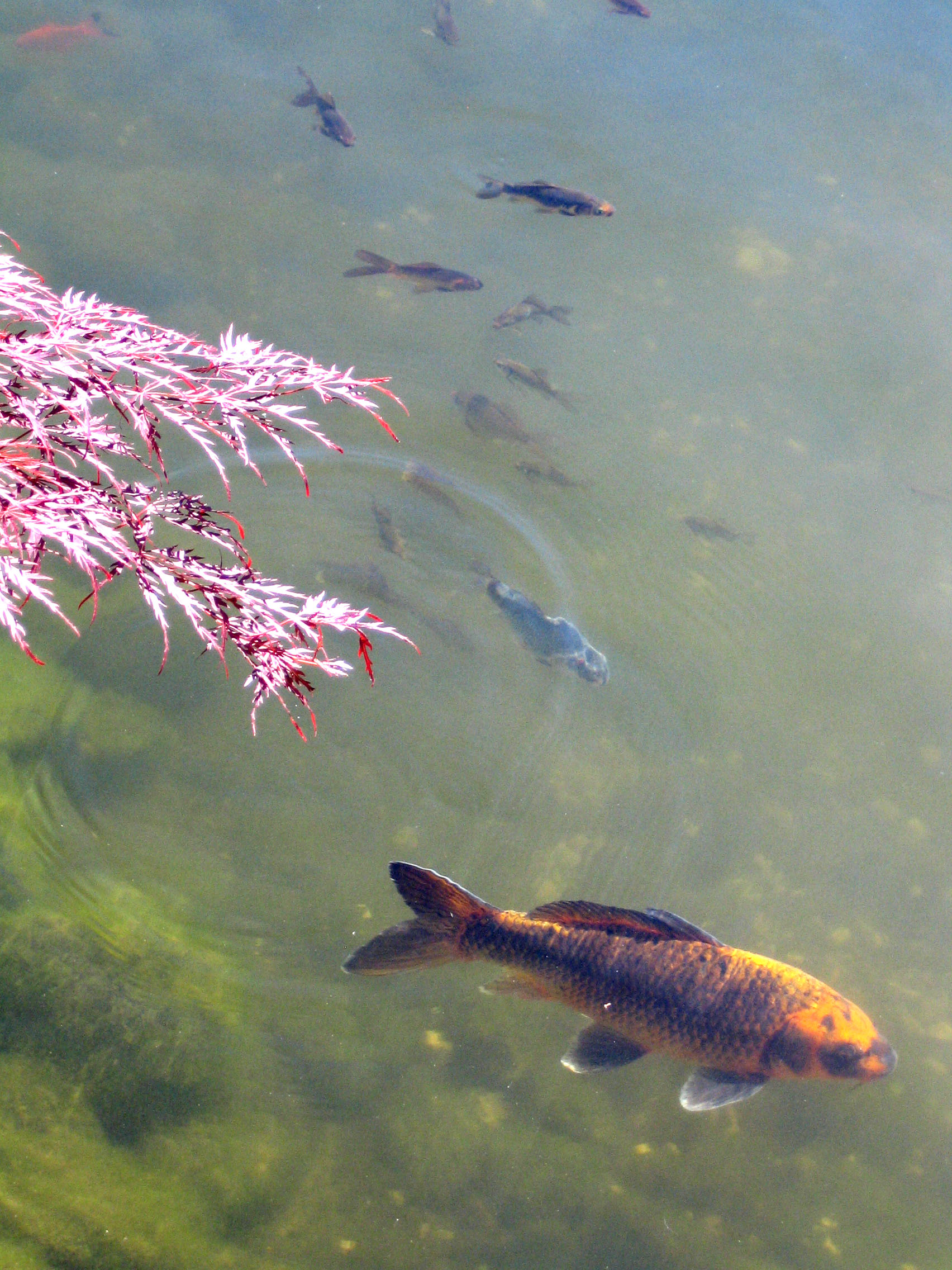
Saturday evening
While Daniel Chang is performing a beautiful story about a caterpillar in the big hall,
the temperatures outside are still 25 °C plus.
Everywhere rustling of paper can be heard, no wonder, folding is taking place not only inside but outside,
in the garden around the fishpond. There are lonely folders of tessellations or the cheerful Unitists’ rounds.
Who is that? Those that put together models from a lot of modules. You can fold and chat and enjoy refreshing beverage.
Every table around the pond is occupied by folders, a Saturday evening folding paradise.
There is a group surrounding the guest of honour Bernie.
I am tired of folding, is that due to the weather? I have a refreshing beverage, sitting at a table with Daniela Alles
and Carmen Sprung. The topic is the ever old and ever new question - how and when are we allowed to pass on folding diagrams.
The newly created and diagrammed models are a treasure for everyone who likes to fold. And we should handle this treasure with respect,
that a treasure deserves. Carmen tells us what it feels like if someone publishes your diagram without first asking for permission.
You feel that you have been cheated, somehow. Her name as author appeared, but she received no royalty, however small.
Daniela was laughed at when she refused to hand out diagrams in a folding class. Their argument (which is false):
you will certainly find everything on the internet. Eyes open! Even there creative work is to be treated with respect,
which legally takes the form of copyright regulations.
Carmen has found a way to handle this for her models. She allows diagrams to be passed on within a small group,
but under certain conditions. Her name and the name of the model must be stated and also her site on the internet named.
In case of publication, that is to sayoutside the small group, you need to ask her permission, before publishing.
This, dear folders, also applies for our magazine, der falter
. If you want a diagram, that is not your own diagram,
to be published in our magazine, then you have to ask the creator for her or his permission. How to do that?
Contact the folder, via email. Just ask, whether the model may be published in der falter
.
In most cases you will receive a positive answer, this just to encourage you. Too much effort?
Oh dear, der falter
is our magazine and is made by us for ourselves, not by someone from outside.
Come on, wake up, sleepy heads!
Maths is in the air
The soft rustling of paper, this typical serenade, is always accompanied by maths, at least in its geometrical form.
Bernie Peyton is folding a nautilus from a rectangle 1:2, half a square. Its segments are formed by triangles.
The surface of the second in the row is half as big as the first, the third have the size of the second and so on.
No, not infinitely, that would be against the reality of the paper. The smallest triangle this evening has already
8 layers of paper, so the last tiny piece vanishes mercifully inside the first triangle.
Heinz Strobl, well known knotologist, drops by. He had to suggest some homework for tomorrow’s workshop.
And those who don’t, have to foldcopy in the morning before class,
says Carmen with a wink of the eye.
Finale
Soon it is Sunday. I choose a workshop with guest of honour Krystyna Burczyk. In room 1 air-conditioning is possible,
so I go and borrow the remote control from the lady at the reception desk. This information just in case you might attend
the next meeting in Bonn. This Sunday temperatures are going to rise to 30 °C again.
The small group gathers very early this morning to fold a cube, without the twirling rosettes that are so typical
of Krystyna’s models. As you can guess, it is maths again, for Krystyna is a mathematician.
The cube plays with a diagram of the Indian mathematician Sundara. Six modules and 12 connecting units have to be folded.
It is rewarding just to fold one of the units, because its surface can be varied.
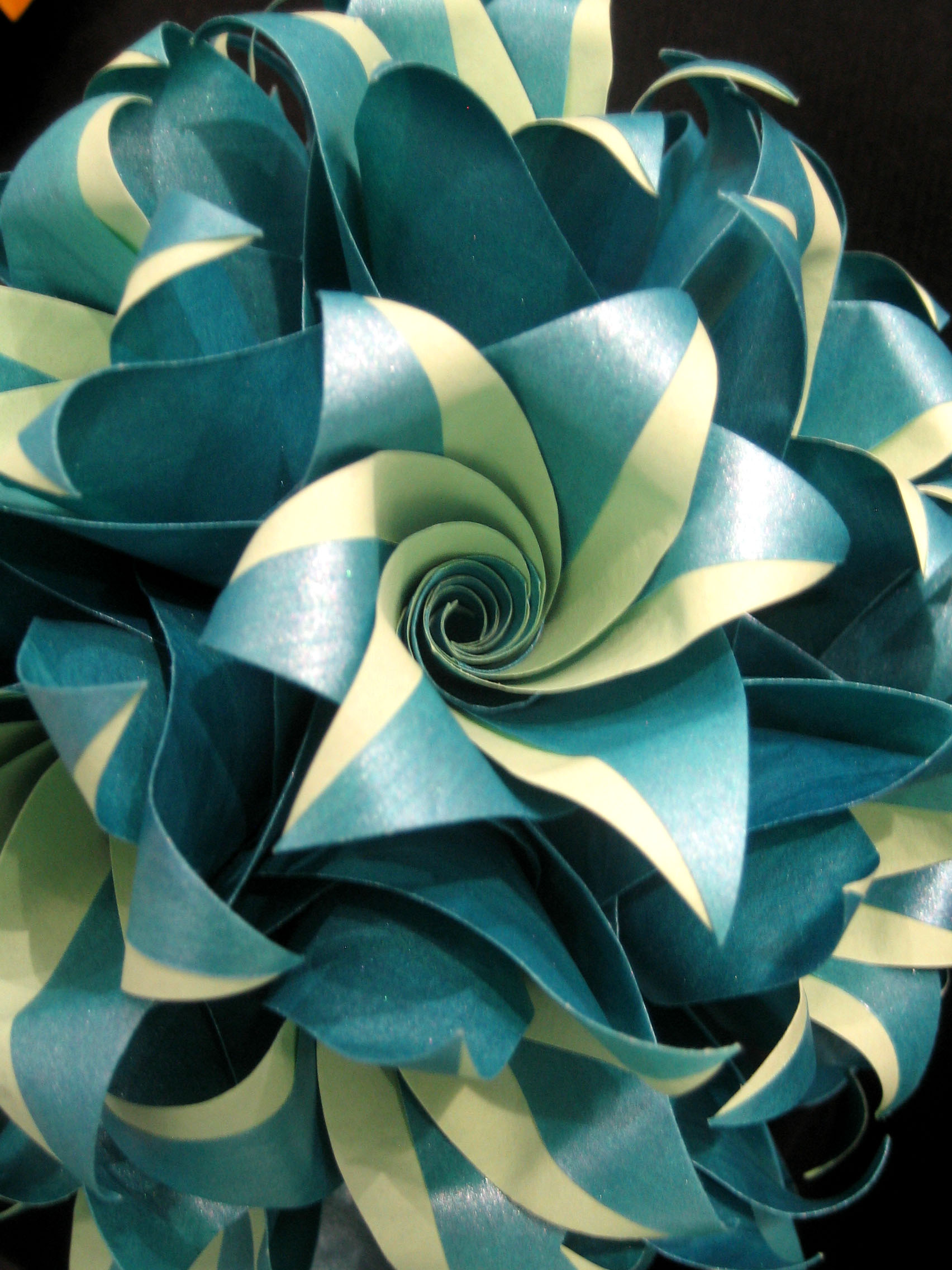
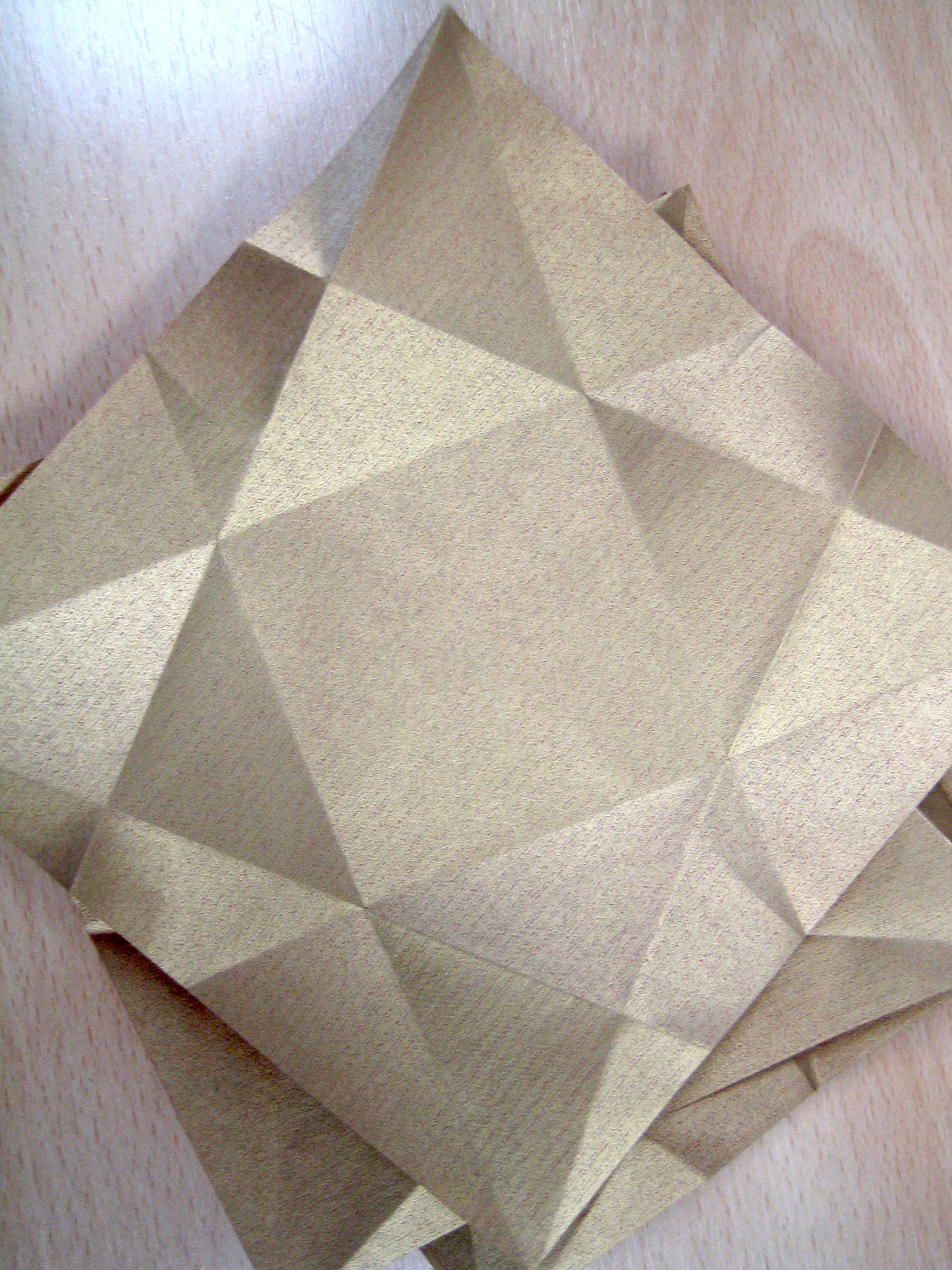
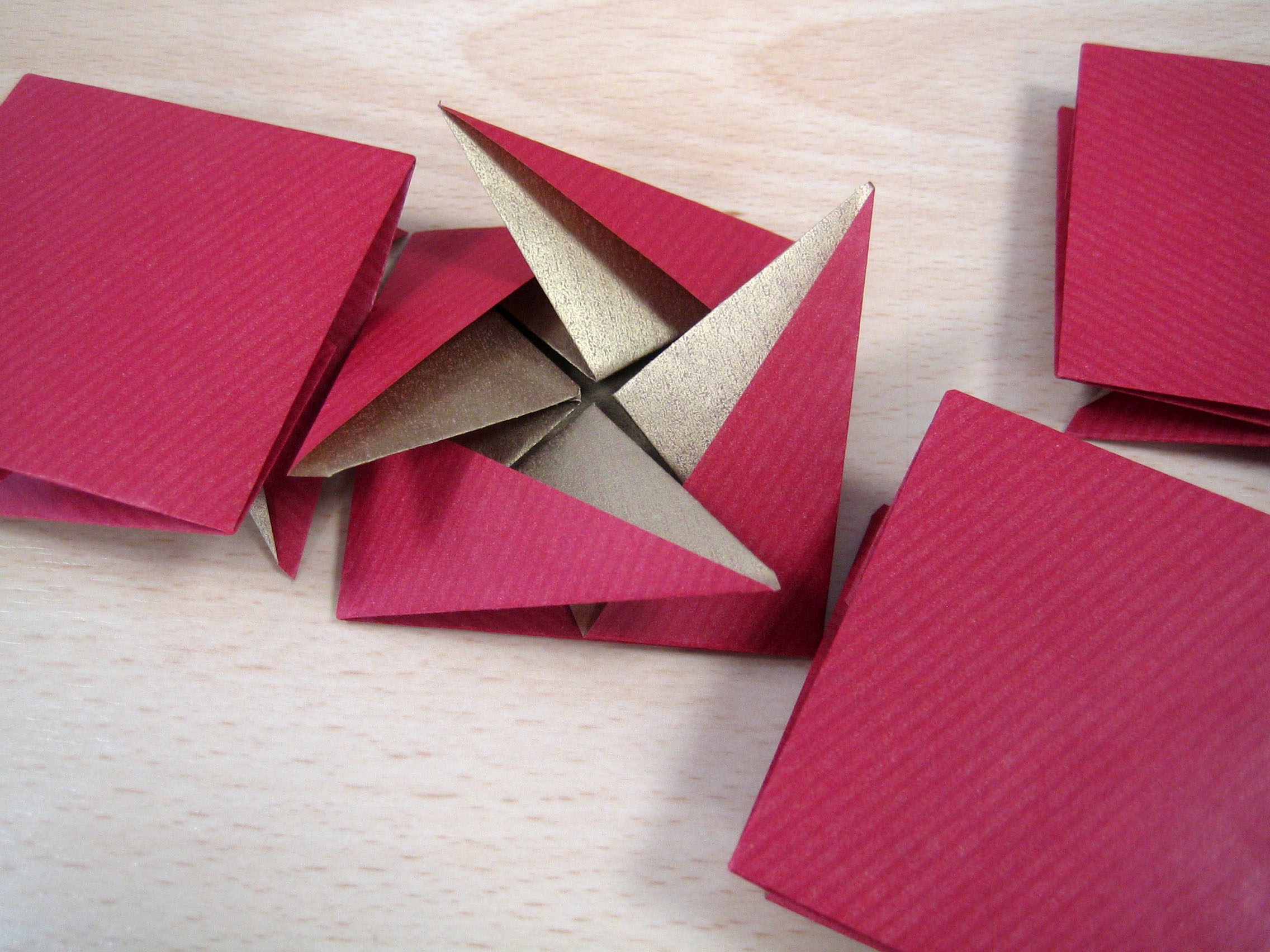
The cube as we fold it this morning it is a square within a square that seems to be moving. Within the small square half hidden forms
rotate around the centre. The precreasing has to be done accurately. Krystyna notices even the slightest deviation. Oh, this fold starting
from the centre of one side to the second edge anti-clockwise! When folding the last of the six modules I am able to concentrate properly.
So where are the connecting units? I am willing and ready to face them. Big surprise: we fold approximately.
The cube’s side length minus something is the measure of the units. And we have to cut them.
Another surprise - Krystyna doesn’t like the OD paper cutters everyone uses. So we have to use scissors.
Straight line? No, that does not matter.
The connection proves to be stable and strong, doing all twelve of them is our homework.
After the workshop do not forget to bring the remote control back. I remember since I had to sign with my name for it.
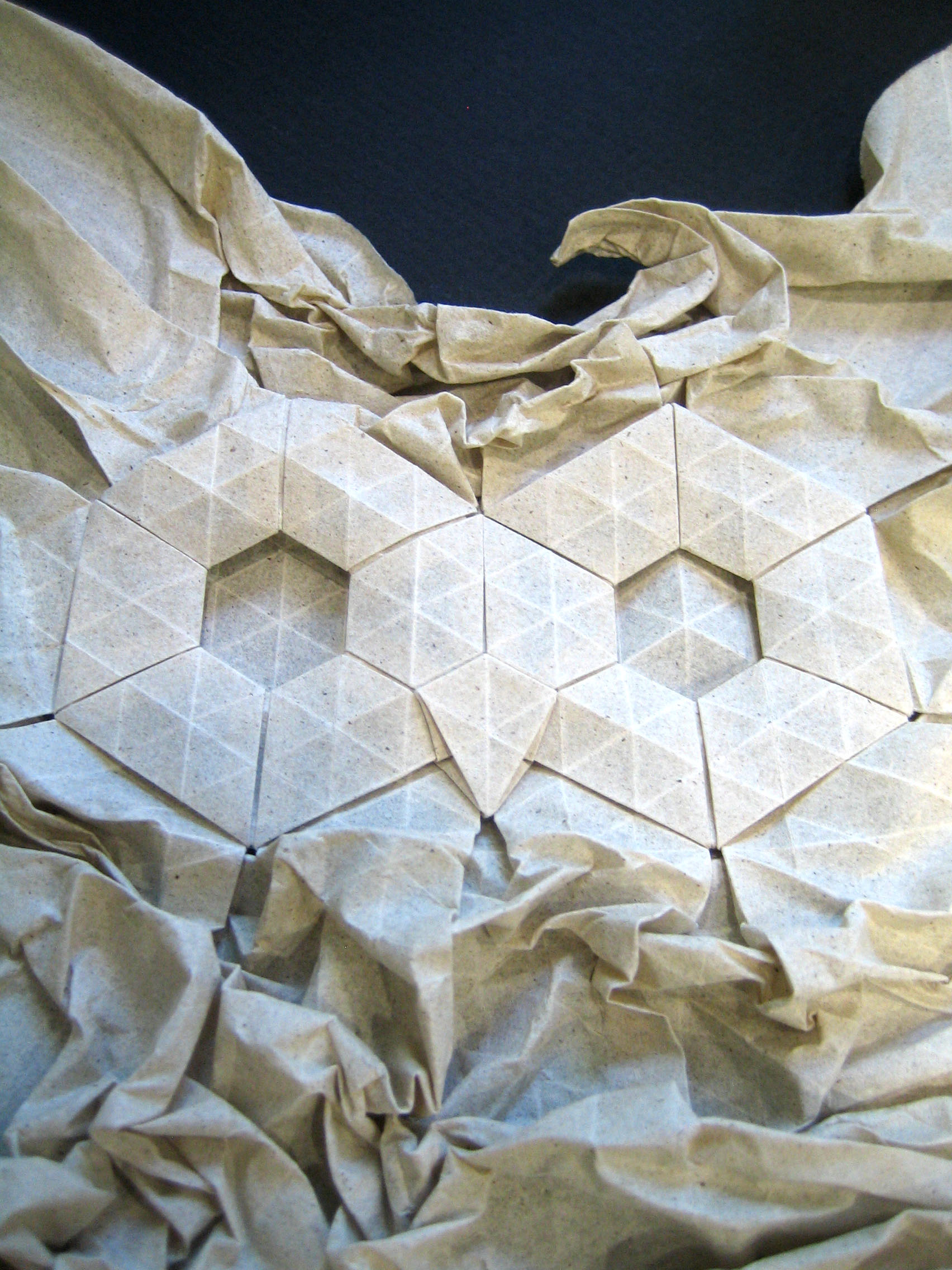
And I did not succeed. I did not participate in a workshop with Melina Hermsen. She is the German guest of honour and
she stands for the art of folding tessellations. She combines them with expressive wet folding.
During the exhibition in the hall some of her complex tessellation models were to be admired.
And there was a model with paper fairy figures that gather to form a tree, their only connection being the hands that had been wetfolded.
The transportation must have been more difficult than that of the proverbial raw eggs.
In her workshop Melina showed how to fold a crane right in the middle of a larger sheet. It is surrounded by its nest, which is then wetfolded.
In this year’s convention book you will find an easier butterfly amidst the folding grid. I count alone 16 folds lengthwise.
I have to admit - I am much too lazy for all this gridfolding.
The folding weekend has come to its end. I did not have to show how to fold a fitted sheet as I had promised to in der falter
.
Probably all of you already know how to tackle them, or is there a new life hack
to it? Instead I came with a handful of marbles
which are necessary for the magic eye model. A model that went well with the hot weather. You have to blow quite gently to make it rotate.
A nice and sunny summer and hopefully we’ll see each other again sometime, some place.
Play with me
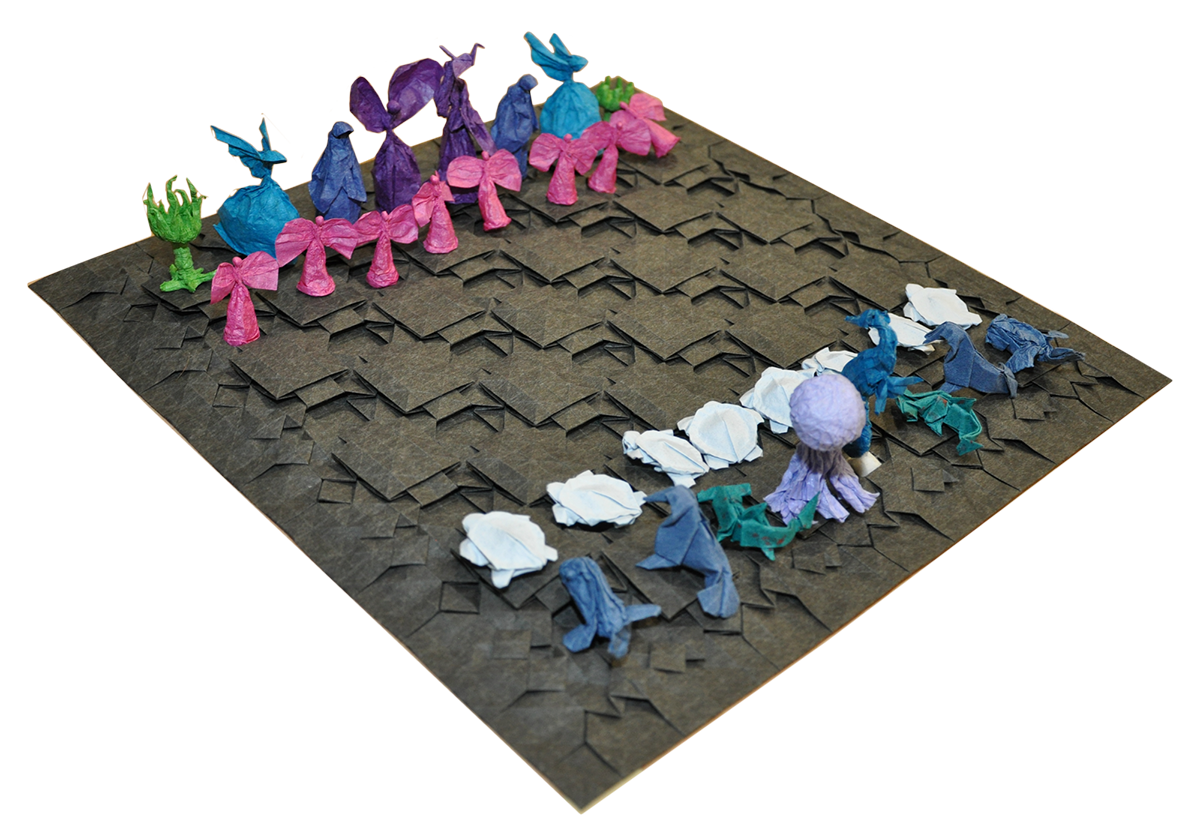
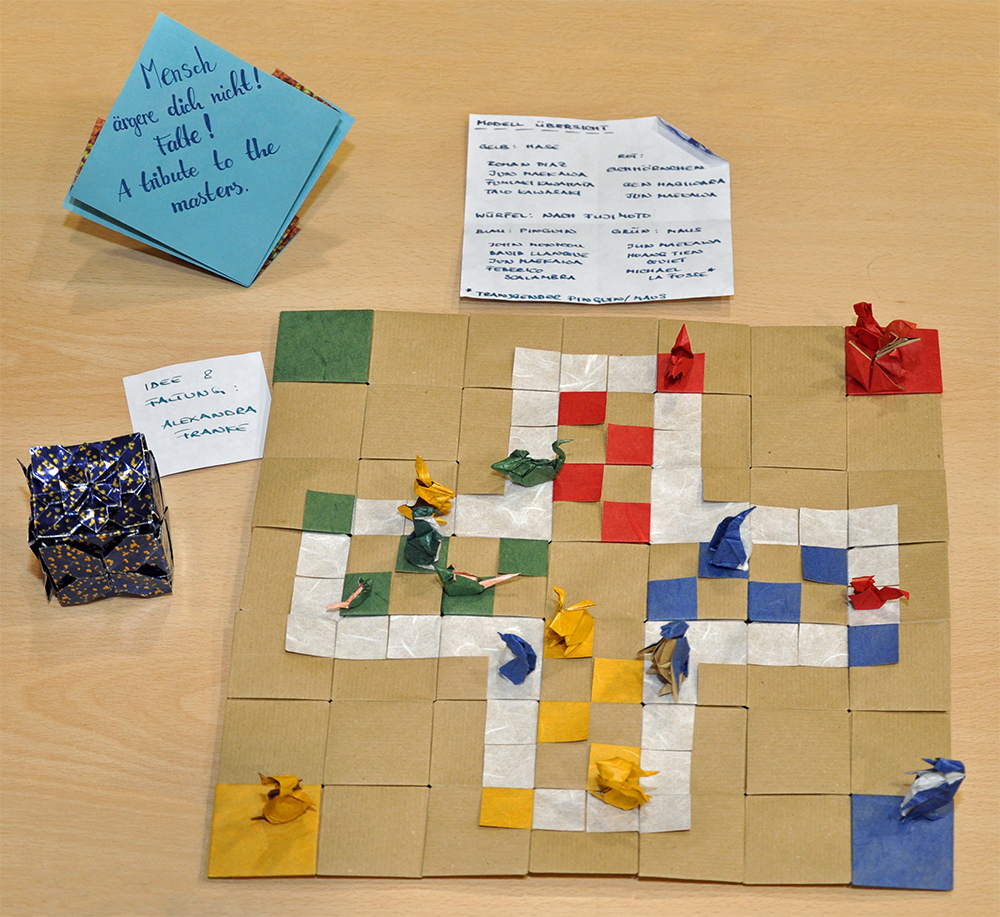

(Photos: A. Vagt)